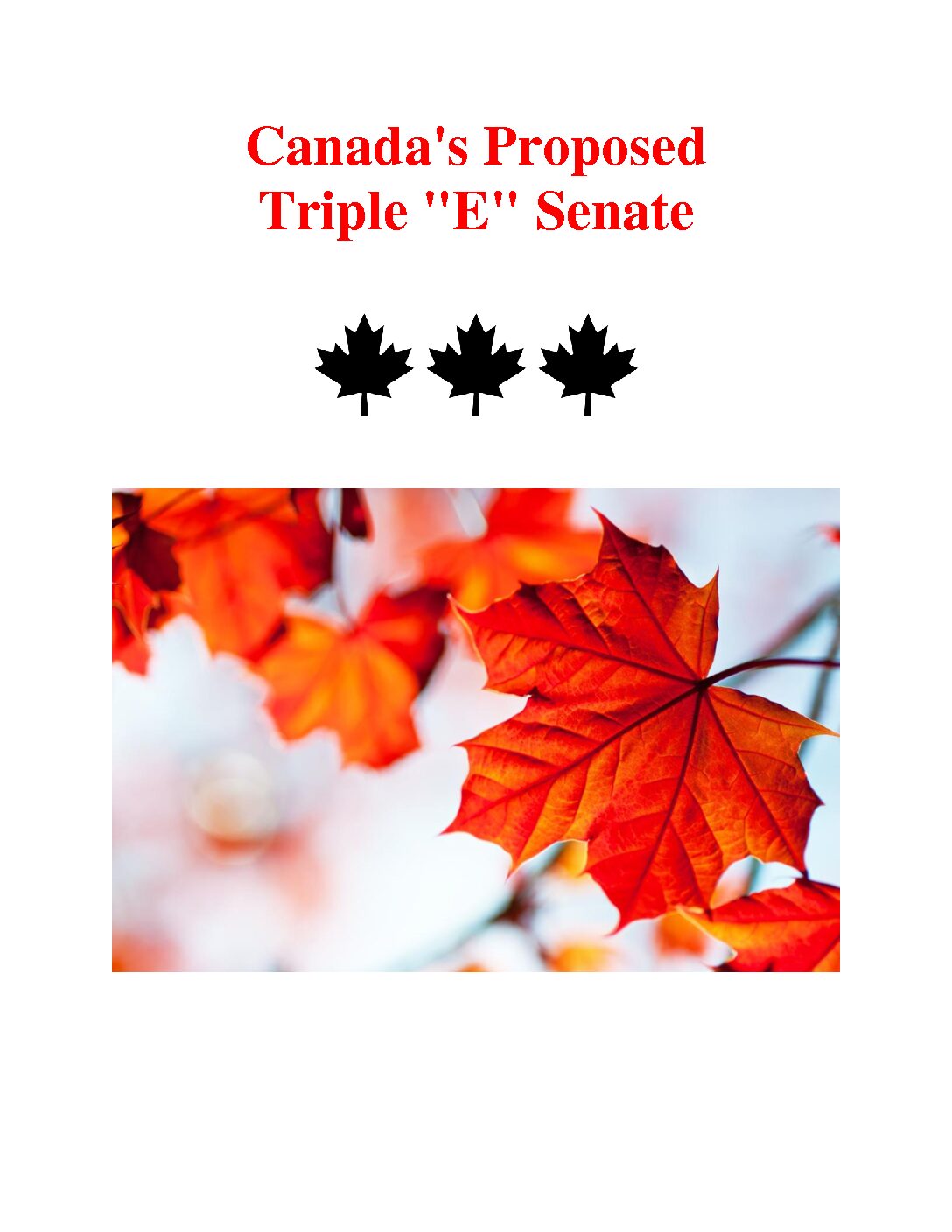The term “Triple E Senate” first emerged in 1987 as part of the Meech Lake Accord. The Meech Lake Accord was a constitutional reform package introduced by Canada’s then-serving Prime Minister, Brian Mulroney.
The Meech Lake Accord’s four main provisions were:
- Senate Reform – the creation of a Triple E Senate
- Recognition of Quebec as a distinct society
- Enhanced provincial powers
- Indigenous self-government
A Triple E Senate would make the Canadian Senate equal, elected, and effective.
The push for the Triple E Senate arose out of the need to overhaul Canada’s appointment-based Senate which believes that the federal government has too much power and the provinces don’t have enough. Supporters of a Triple E Senate argue that an elected and equal Senate would be more effective than the current government-appointed Senate.
The number of senators per province/territory in Canada is as follows:
British Columbia: 6 senators, Alberta: 6 senators, Saskatchewan: 6 senators, Manitoba: 6 senators, Ontario: 24 senators, Quebec: 24 senators, New Brunswick: 10 senators, Nova Scotia: 10 senators, Prince Edward Island: 4 senators, Newfoundland and Labrador: 6 senators, Northwest Territories: 1 senator, Nunavut: 1 senator, Yukon: 1 senator.
Quebec and Ontario each have 24 senators, yet Canada’s four western provinces only have a combined total of 24 senators. A Triple E Senate would give the provinces/territories the same number of senators so they would become equal.
The Meech Lake Accord ultimately failed to be adopted as it did not obtain approval from all provinces. The Meech Lake Accord collapsed in 1990.
Today, the creation of a Triple E Senate continues to be discussed and debated in Canadian politics.
Elaine Allan, BA, MBA
Vancouver, BC, Canada
